Europe has been a strong advocate for environmental consciousness, with numerous initiatives aimed at reducing carbon emissions and promoting sustainable practices. The automotive sector has been a particular focus, with stringent regulations and incentives to encourage the adoption of electric vehicles.
Tesla’s announcement of a €25,000 electric vehicle is a game-changer for the European market. It promises to bring EVs within the reach of average consumers, potentially disrupting the traditional automotive hierarchy and accelerating the transition to clean transportation.
Please note that the €25,000 price tag is specific to the European market. For the United States, the price would be different, potentially placing the starting price around $26,800 or $25,000 if Tesla starts producing locally. However, exact US pricing will be announced closer to the start of production and may vary based on a range of economic factors.
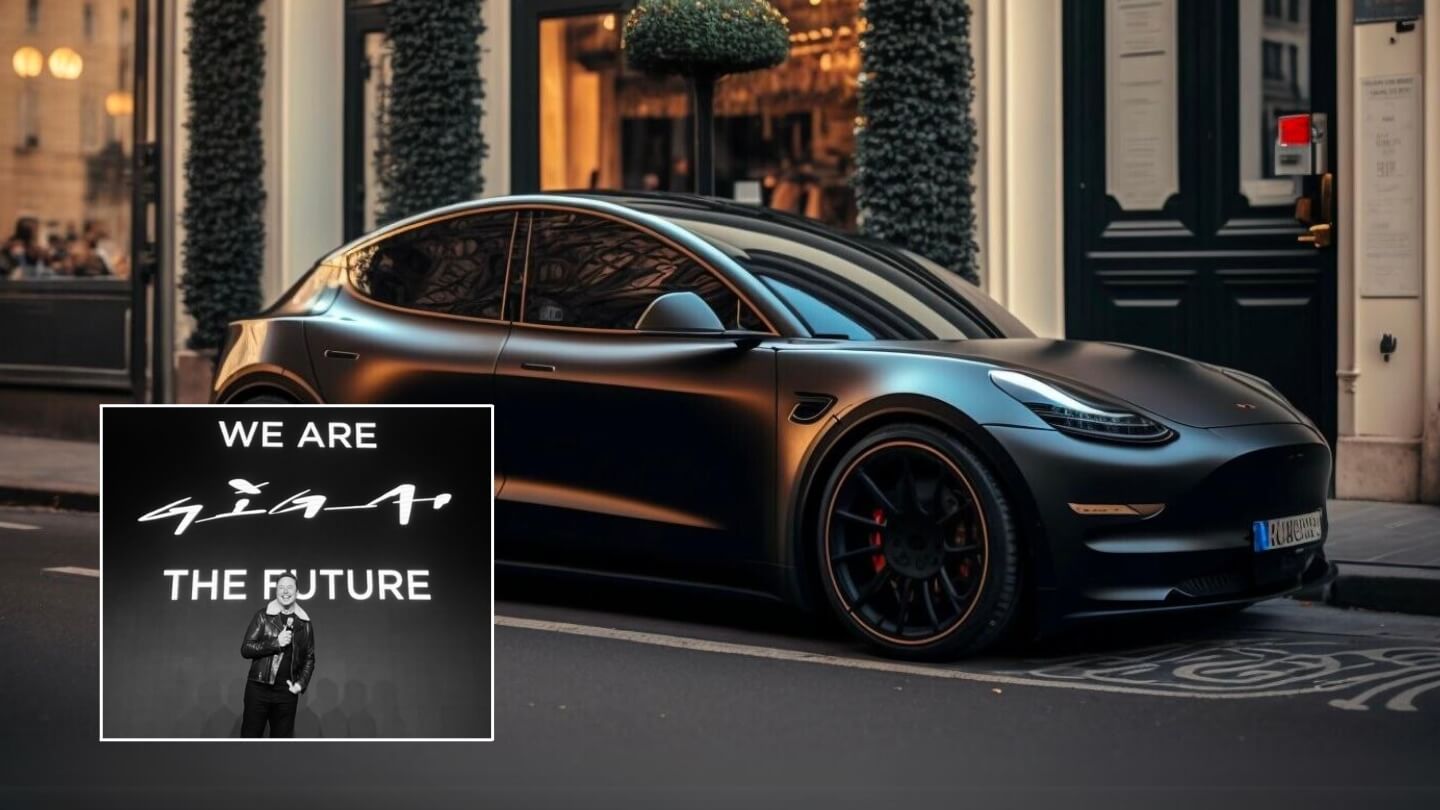
Table of Contents
Tesla $25,000 Model 2 Announcement
Elon Musk’s presence at Giga Berlin is not merely a routine inspection, it’s a testament to the importance of the facility in Tesla’s global strategy. His visit underscores the significance of the European market to Tesla’s expansion plans.
In what can be seen as a strategic move to capture a wider market segment, Elon Musk confirmed that Tesla will start the production of an affordable €25,000 electric vehicle. This vehicle, which has been colloquially termed the “Model 2,” is set to be manufactured right in the heart of Europe – at Giga Berlin. This announcement is not just about a new product; it’s a bold statement of Tesla’s vision to spearhead the mass adoption of EVs and make sustainable transportation accessible to all.
Tesla Model 2 Production Details
The decision to manufacture the new Tesla model in Germany rather than Mexico, where production costs could potentially be lower, is a strategic one. Germany is renowned for its engineering excellence and automotive heritage. By choosing Germany as the production site for the Model 2, Tesla is tapping into a rich vein of automotive expertise and craftsmanship. This decision also places Tesla in the epicenter of the automotive industry in Europe, allowing for better integration into the supply chain and access to a skilled workforce.
Manufacturing in Germany offers Tesla several strategic advantages. The country’s stringent quality standards and robust infrastructure ensure that production is efficient and meets the high-quality benchmarks Tesla is known for. Additionally, Germany’s commitment to renewable energy aligns with Tesla’s mission of sustainability. By situating the Model 2’s production in Germany, Tesla also benefits from the ‘Made in Germany’ label, which carries a reputation for precision and quality – attributes that are likely to resonate well with European consumers. Furthermore, the proximity to key markets reduces logistical challenges and can potentially shorten delivery times for customers, enhancing overall customer satisfaction.
#GigaBerlinBrandenburg@elonmusk announced today during his visit to GigaBerlin that a 25k € Tesla will be built here.🔥🚗 pic.twitter.com/EmdYXQAUOS
— Gigafactory Berlin News (@Gf4Tesla) November 3, 2023
Tesla’s pursuit of innovation extends into its manufacturing processes with the adoption of structural battery packs and mega-casting techniques. Structural battery packs integrate the battery directly into the vehicle’s structure, which can improve rigidity while reducing weight and manufacturing complexity. This integration is a step towards a more simplified and streamlined assembly process, leading to cost savings that can be passed on to the consumer.
Tesla Model 3 Design
The Tesla Cybertruck has captured the public’s imagination with its futuristic and unconventional design. It’s expected that the design ethos of the Cybertruck will influence the aesthetics and functionality of the Model 2. This could manifest in bold lines, a unique silhouette, and a focus on durability. The influence of the Cybertruck may also extend to the use of advanced materials and a minimalist interior, which have become hallmarks of Tesla’s design philosophy.
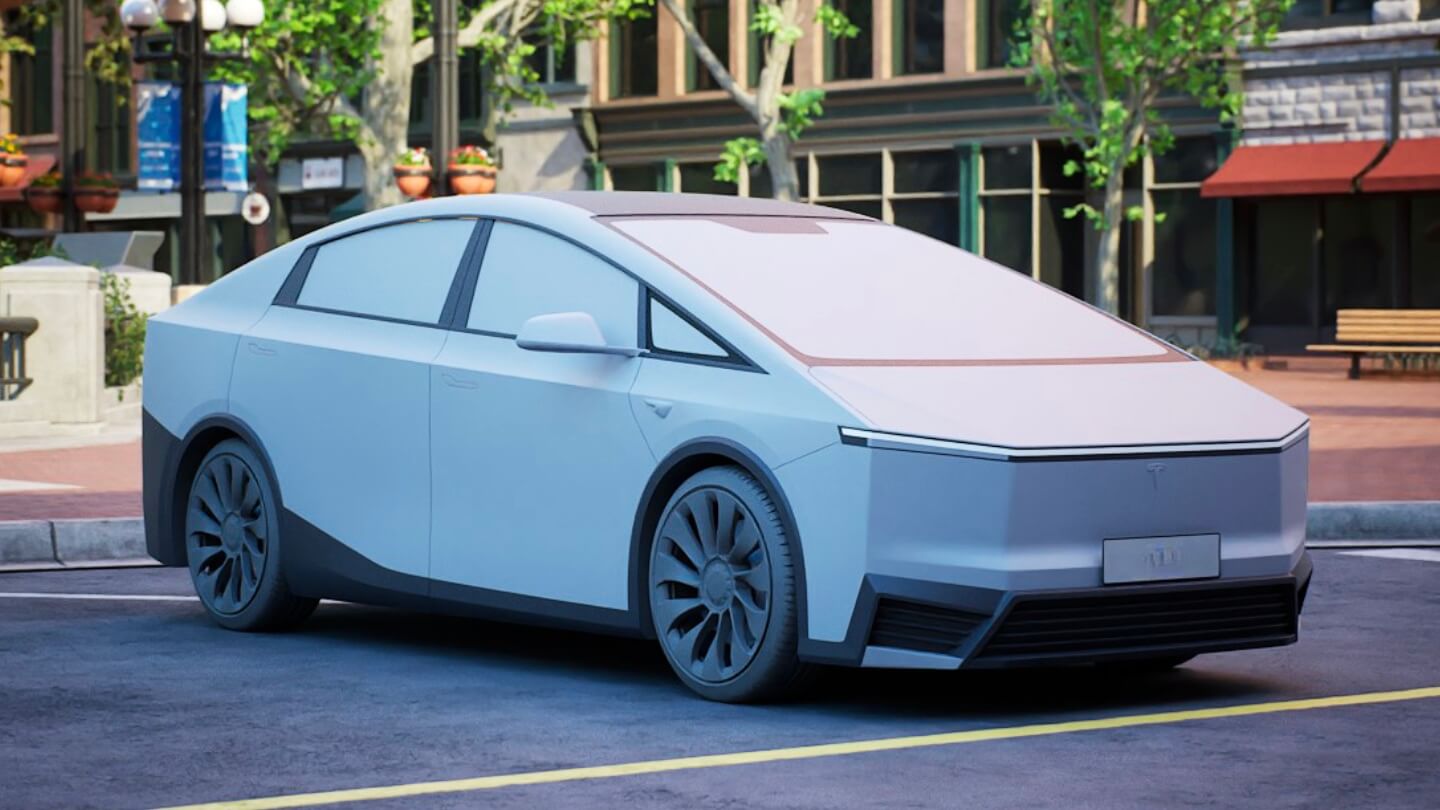
For the European market, where the hatchback remains a popular choice due to its practicality and versatility, Tesla is expected to offer a version of the Model 2 that aligns with these preferences. Additionally, a crossover variant may be introduced to cater to the growing segment of consumers who prefer a higher driving position and more cargo space. These versions would not only diversify Tesla’s product range but also ensure that different market needs and tastes are met, increasing the Model 2’s appeal across various demographics.
Tesla Model 2 Pricing and Market Competition
The announcement of a Tesla vehicle at the €25,000 price point is a significant milestone in the EV industry. This pricing strategy is set to redefine the competitive landscape, making electric vehicles a viable option for a much larger segment of the market. At this price, Tesla is not just targeting the niche of environmentally conscious consumers but is also appealing to cost-sensitive buyers who may have previously considered EVs to be beyond their financial reach. This aggressive pricing is likely to spur a wave of innovation and cost-cutting measures across the industry as competitors strive to match or undercut Tesla’s offering.
Companies like Volkswagen, Renault, and Peugeot have been making strides in the EV market with their own line of electric vehicles. However, Tesla’s announcement could potentially disrupt the momentum of these established brands.
Volkswagen Group, for instance, has been vocal about its plans to electrify its fleet and has introduced the ID.3 and ID.4 models as part of this strategy. These vehicles are positioned in a similar market segment to Tesla’s proposed €25,000 car. However, Tesla’s brand cachet, coupled with its proprietary technology and extensive Supercharger network, gives it a competitive edge that other manufacturers will find challenging to replicate.
Expected Battery Technology
Tesla’s announcement of the €25,000 electric vehicle is expected to be underpinned by significant advancements in battery technology. The company is anticipated to utilize Lithium Iron Phosphate (LFP) batteries supplied by CATL, a leading battery manufacturer. LFP batteries are known for their safety, long life, and cost-effectiveness compared to other lithium-ion battery types. They do not contain nickel or cobalt, which are more expensive and have a more complicated supply chain, making them a more sustainable choice in the long term.
The shift to LFP batteries could bring several benefits that align with Tesla’s goals of affordability and sustainability. Firstly, the cost reduction associated with LFP batteries can be a major contributor to achieving the €25,000 price point without compromising on the vehicle’s range or performance. This is crucial for consumer acceptance and market penetration.
Secondly, LFP batteries have a lower risk of thermal runaway and are thus considered safer, which could reduce warranty costs and enhance consumer trust in Tesla’s products. Additionally, the longevity of LFP batteries means that the vehicles will likely retain a high level of functionality over many years, enhancing resale value and reducing the total cost of ownership for consumers.
Conclusion
The introduction of a €25,000 electric vehicle is a strategic expansion of Tesla’s product lineup, filling a gap in the entry-level segment of the EV market. This move is poised to significantly bolster Tesla’s market position, allowing it to tap into a broader customer base that includes not only premium vehicle buyers but also those seeking affordable and reliable electric transportation.
By offering a competitively priced vehicle without compromising on technology and performance, Tesla is reinforcing its reputation as an innovator and leader in the EV space. This could potentially lead to a larger market share and solidify Tesla’s dominance in the industry.

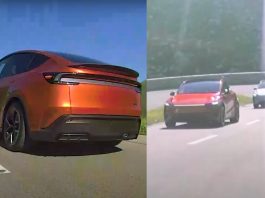
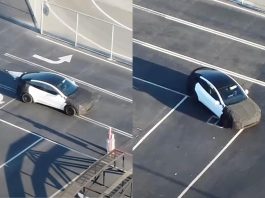
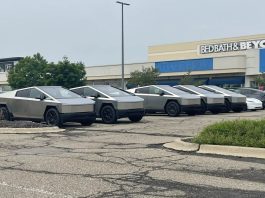
I would love a cheaper Tesla. Heck a Model 2 performance for $39,000 would be too much fun and put the Wrx / Golf R into the gravestone. Model 2 could easily be sub 3 second to 60 and mid 10 second car. Unheard of at under $40,000 before tax credits.
However, Teslas are very expensive to repair and this could mean even more cars are considered totalled/total losses after minor fender benders. Imagine a $27,000 after 1 year with a $20,000 repair bill for a damaged battery in a crash? Also with no non-oem parts available, it makes parts ultra expensive to find and repair.
Im still intrigued but I’m curious what insurance rates will be.